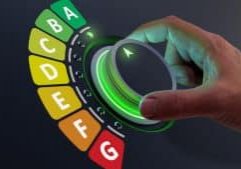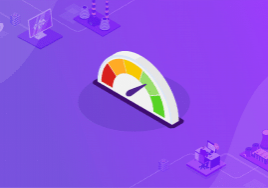Published 15/1/2023
In the European Union, the Energy Efficiency Directive requires large companies to carry out an energy audit every four years. The methodology required for these audits, as well as the implementation of the follow-up actions and recommendations arising from them, clearly argue in favor of digitalizing industrial systems and processes. Particularly in Italy. This trend is also an opportunity to improve many aspects of business activity over the long term, such as reducing costs and greenhouse gas emissions, improving collaboration in performance management and monitoring processes, and facilitating the achievement of certifications such as ISO 50001. Let's take a closer look.
01
The European Context
The principle of mandatory auditing was laid down in the European Energy Efficiency Directive 2012/27/EU, and then transposed into national law by each member state. The EU thus requires all large companies, i.e. structures with more than 250 employees, a balance sheet total of more than 43 million euros and/or sales of more than 50 million euros, to have their energy use and consumption assessed every 4 years in order to identify and report on energy flows and potential energy efficiency improvements.
According to Annex 6 of the Directive, energy audits are based on:
Up-to-date, measured and traceable operational data on energy consumption and (for electricity) load profiles.
A detailed examination of the energy consumption profile of buildings or groups of buildings, as well as industrial operations or facilities, including transportation.
A life-cycle costing analysis (where possible) rather than simple depreciation periods to take account of long-term savings, residual values of long-term investments and discount rates.
Calculations that are proportionate and sufficiently representative to provide a reliable picture of overall energy performance, and to reliably identify the most significant opportunities for improvement.

And the data used during energy audits must be able to be retained for historical analysis and performance monitoring. This was the basis for the NF EN 16247 family of standards, which provide the methodology for conducting a statutory energy audit, and which were updated in 2022. However, beyond these broad outlines, each state is free to set more precise audit criteria. Exceptions, required professionals and certifications, reporting format... All these points are determined in each EU country and may differ.
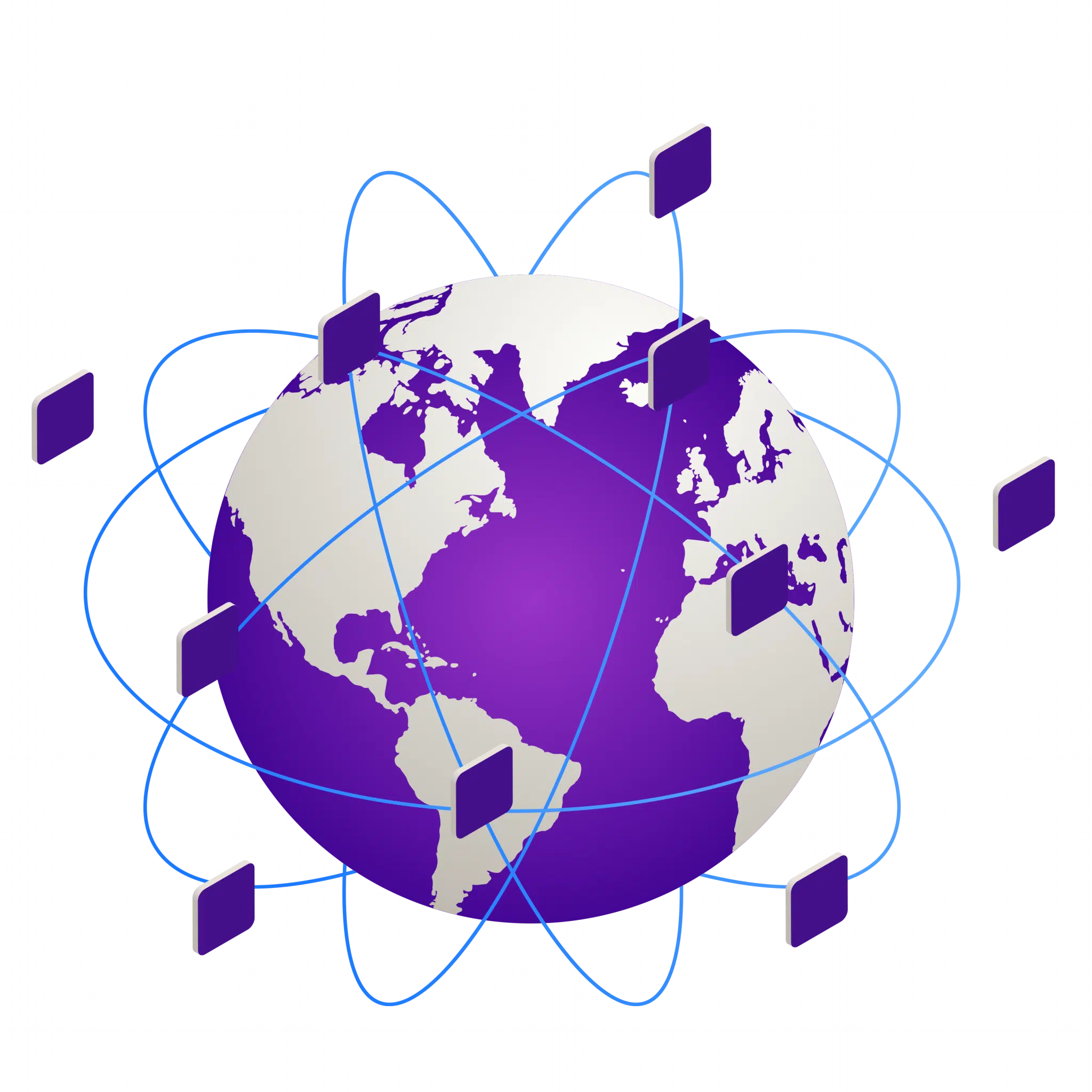
Get to know EU energy efficiency regulations and financing in more detail
02
A Highly Sensitive Deadline in Italy
In Italy, the national transcription of regulations is much more restrictive than in other countries.
Unlike in France, for example, being ISO 50 001 certified does not exempt large companies from providing an audit. What's more, professionals authorized to carry out external energy audits must be certified as Energy Management Experts (EGE).
In Europe, the Energy Auditor is a common name. This refers to an organization or professional with a technician-level certification. In Italy, however, requirements are more stringent, with freelance EGEs or those employed by Energy Service Companies (ESCOs) needing an average of 5 years' experience and an engineering degree. Obligated companies must ensure that the audit is carried out by certified experts, of whom there are currently some 3,000 in Italy.
This high level of qualification is all the more necessary as the body in charge of collecting and managing energy audits in Italy - ENEA (Italian National Agency for New Technologies, Energy and Sustainable Economic Development) - produces highly specialized guidelines on the technical and objective data to be supplied, and on the required reporting format.
"In particular, it requires a very precise level of detail on the KPIs, as well as a necessary comparison of the results with audits carried out previously, to demonstrate whether or not savings have been made. After this, all companies must submit their certified audit in a format imposed by ENEA via its web platform by December 5 of the year in which the audit was carried out, after which they are automatically sanctioned. All this creates major technical and organizational constraints for carrying out the audit."
Ignace de Francqueville VP Energy, METRON.
03
Data Collection and Structuring: The First Solution Provided by Digitalization

In all European countries, and in Italy in particular, the energy audit calls on companies to organize themselves in order to meet legal obligations, but also more generally to implement high-performance energy management. Excel spreadsheets are no longer enough, not to mention the greater risk of error and the repetitive tasks that can be automated.
Digital energy management tools offer companies a real solution It's worth remembering that collecting the dispersed data required for an audit is complex. Furthermore, the revision of standard EN 16247 makes it mandatory to include the Sustainability dimension in the audit, i.e. to translate the energy mix and consumption of each company into tons of CO2 equivalent.
And the more stringent the requirements, the finer the details demanded, the more reasoned the explanations to be provided. This calls for dynamic monitoring of energy flows, and the availability of regularly measured, finely granular data, presented clearly and visually. This is what digitalization offers.
Implemented at least a year before an audit, digitalization of an industrial system will ultimately simplify data extraction and analysis on the day of the certified professional's assessment for the audit.
04
Making Audit Results Operational: The Second Solution Provided by Digitalization
Not only does translating the data required for an audit help to ensure compliance with requirements within the allotted time, but translating the audit into digital form also makes its conclusions much more operational. After all, the main benefit of an audit lies in the qualification and quantification of performance. This enables us to define the KPIs to be tracked and the target objectives, so that we can prioritize our actions. And when everything is integrated into a digital system, the company is in fact equipped with a fairly powerful decision-making aid.
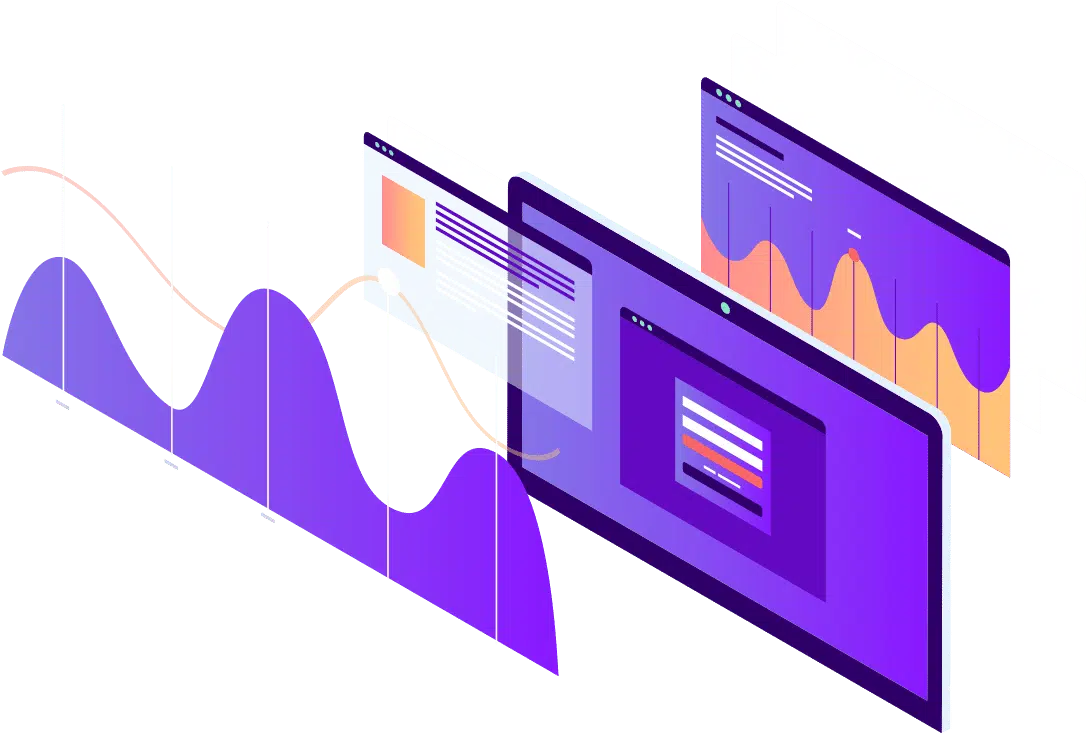
Understand the role of digitalization in industry
Digitalization means measuring data in real time, i.e. on a time base similar to operational time (the day, the hour, the minute), and cross-analyzing this data to manage and intervene on energy flows with regard to the chosen performance indicators.
And if this digitalization process has not been undertaken prior to the audit, starting from an audit to digitalize is a very good starting point. This will enable companies and their service providers to prioritize digitalization actions and rapidly reap the benefits. Even without going as far as automatic piloting of energy systems, the decision-making support provided by digital tools is unquestionably a powerful lever for optimization and improvement.
Would you like us to help you with your next energy audit and the digitalization of your operations?
